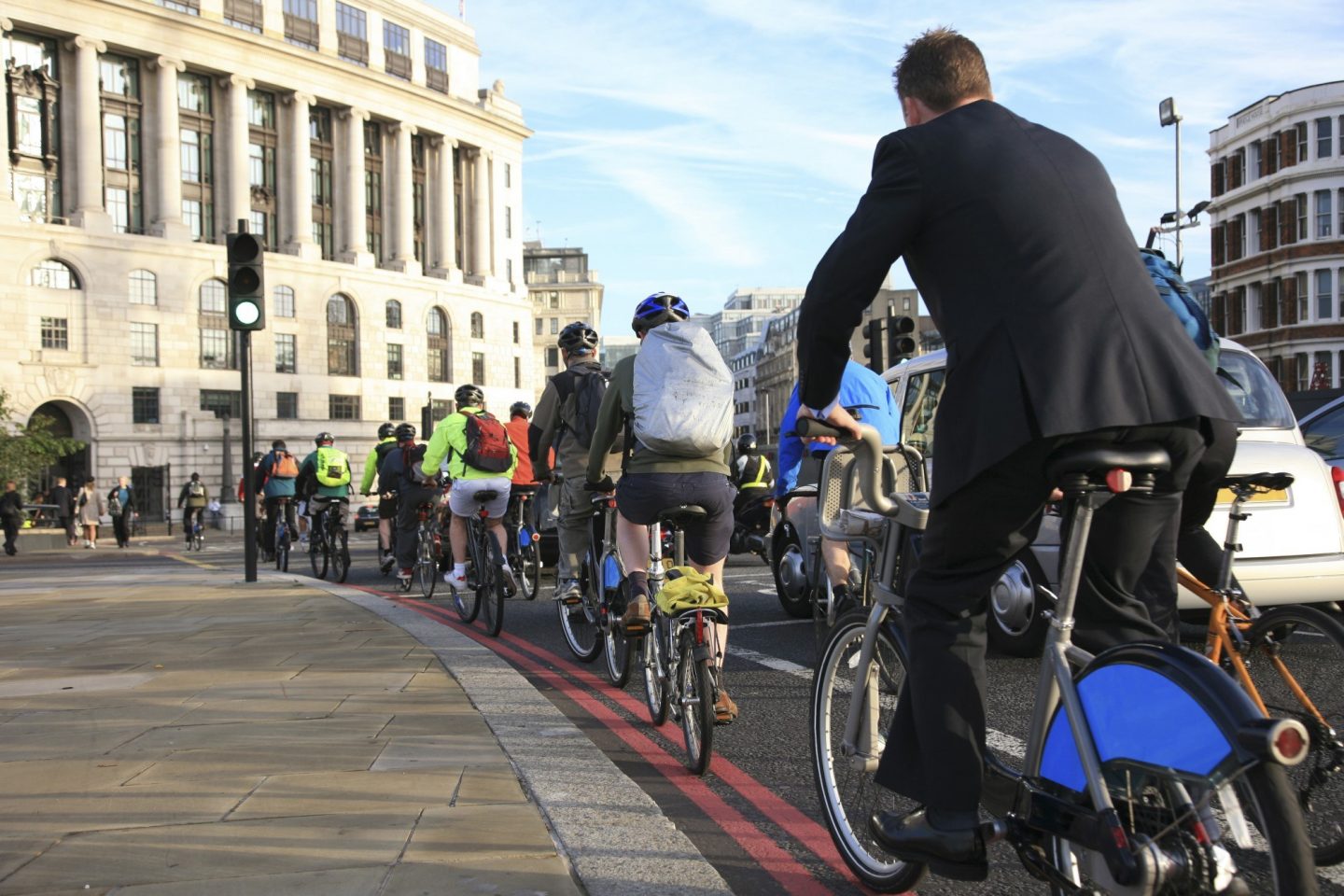The last two years have shown how dramatically behaviour can change. The COVID lockdown in 2020 saw traffic levels fall like a stone while walking and cycling rocketed. People learned to communicate online and many businesses have now embraced hybrid working or working from home entirely. Of course, it was an emergency and had substantial social and economic impacts, but revolution did not break out and it showed how other scenarios are possible. The government talked about building back greener.
We've also seen demand for car use respond rapidly to changes in fuel prices and the availability of fuel. Remember the petrol shortage of October 2021? People returned to public transport.
But it doesn't take a lockdown or fuel crisis to deliver change. After months of public consultation, on the day that the A9 average speed cameras were switched on, speeding dropped dramatically. As the engineer in charge says, That's behaviour change!
The House of Lords Behaviour Change report concluded that there are many ways of achieving behaviour change and it is a mistake to see so-called behaviour change techniques (mostly based on communications) as the only way or effective in isolation. Economic, environmental and legislative measures are generally more powerful and should be supported by communications, training and nudge. Anti-smoking campaigns were seen as effective, but the ban on smoking in public places was still crucial.
Most behaviour change techniques are evaluated in terms of changes in attitudes and intentions, not behaviour. It cannot be assumed that behaviour change will follow. An exception is the NDORS speed awareness course offered to drivers caught exceeding the limit by a relatively small margin. This was found to reduce reoffending. However, it sits within an enforcement context. Drivers don't exactly volunteer for it. It's preferable to paying the fine and taking the points. It's unlikely that many drivers would have same motivation if it was purely voluntary or added to the driving test.
In the old days, we talked about road safety education, training and publicity (ETP). Nowadays we also have behaviour change campaigns and communications. These are still important tools in road safety although their roles and realistic outcomes need to be clarified. This is often absent in explanations of the Safe System whereas engineering and enforcement are prominent.
But we must not kid ourselves these measures alone will deliver the behaviour change and casualty reductions that we are seeking. Attitudes and intentions will not translate into behaviour if we don't fix the other parts of the framework.
This blog has been written in support of Road Safety Week 2022 and the theme 'Safe Roads for All'. Sign up to take part and get your FREE action pack to help you shout out for road safety at www.brake.org.uk/RSW.
David Davies
Executive Director, PACTS


